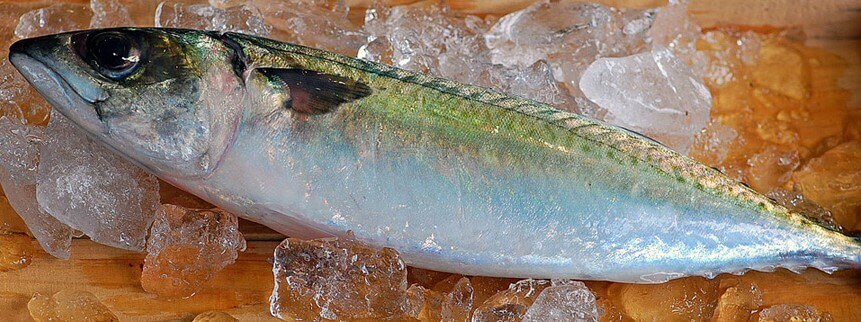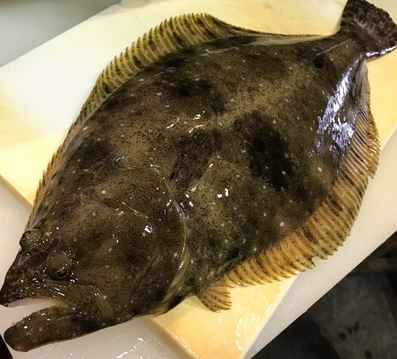
Sekisaba (関サバ) and Sekiaji (関アジ) are ‘designer’ fish known for their high prices.
Of them, Sekisaba is a premium fish that can go for as high as US $50 per fish. So, what kind of fish is Sekisaba and what’s the difference between it and normal Saba (Mackerel)?
Sekisaba is a Saba caught in the Hoyo Strait with a fishing pole by a union member of the Saganoseki branch of the Oita National Federation of Fisheries Cooperative (JF Oita). In other words, Sekisaba is not a type of Saba, but a premium fish created by differentiating the fishing method.
Sekisaba started to become known all over Japan between the late 1980s and early 1990s. Until then, Sekisaba was only known as a commonplace fish that was caught incidentally with Aji and went for US $2 per fish.
However, the Saganoseki branch of JF Oita applied for the first trademark ever in the industry and then grew the brand through methods such as tagging each individual fish by hand. This resulted in recognition of its taste as “Saba that can be enjoyed even as sashimi” (while Saba is generally a fish that loses its freshness easily and not eaten raw), catapulting it to a national constituency After that, the thorough quality management and branding paid off and the price jumped to 10 times that of normal Saba.
The first difference between Sekisaba and normal Saba is that Sekisaba is caught carefully, one at a time. The use of ground bait is also banned so that the Sekisaba won’t eat anything but the natural diet (avoiding odor). Each fisher is only allowed to use fishing lures they make from fish skin or ragworms. Fish caught in this way are let out into a live holding tank on the ship and brought to the fishing port alive. After arriving at the port, the tank on the ship is checked, the fish size is looked at from the water surface and the approximate weight is measured. This method is called “Tsurugai”. This is because when the fish is placed on a scale, it struggles violently and can injure itself. The fish are allowed to calm down in the tank (called Ikekoshi) for a day at the fishing port. At the time of shipping, Ikejime is performed, in which a knife is put into gill parts, the spinal cord is cut, and then it is submerged into saltwater and the blood is let out. After that a processing method called Shinkeijime is performed in which a wire is inserted into the spinal cord to put the fish in a state of asphyxiation. Therefore, there is little damage to the fish, maintaining the freshness. When it is transported to the place of consumption, the temperature is kept at 5°C (41°F). This is because the fish does not lose its crunchiness compared to when it is cooled to 0°C. Even this is not easy to imitate.
The Hoyo Strait where Sekisaba is caught is rich in plankton, which the Sekisaba feeds on, and the flow of the tide is fast. The reason Sekisaba meat firms well and is fatty year-round is thanks to the good environment of the sea it is raised in.
If you come across a Sekisaba that so much work has been put into, try it as sashimi, not Nigiri sushi. This is because Saba, which has a peculiarity to it, is unpopular among some people. However, Sekisaba doesn’t have this off-taste and doesn’t taste like Mackerel, so even people who don’t care for fish should be able to find it tasty.
[sc_apply url=”https://sushiuniversity.jp/apply/”]
We hope this information will be helpful.

Revision date: August 21, 2023
Share this article
 Hirame is a high-quality fish that goes for at least US $50 per kilogram. It can even exceed US $80 per kilogram, depending on the timing and the fish’s body.
Hirame is a high-quality fish that goes for at least US $50 per kilogram. It can even exceed US $80 per kilogram, depending on the timing and the fish’s body.